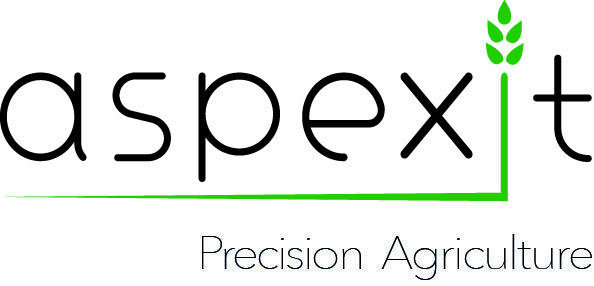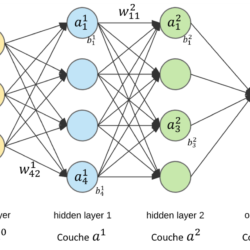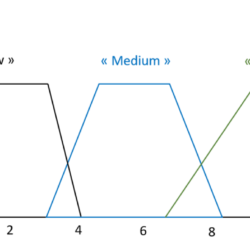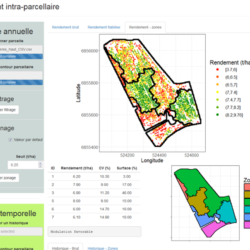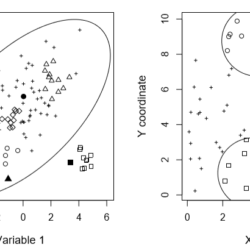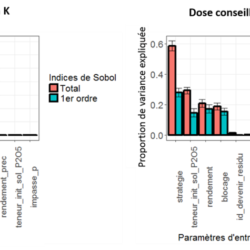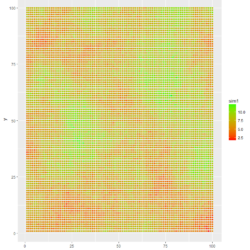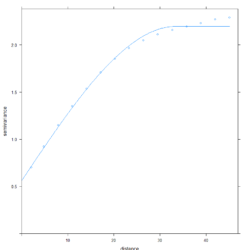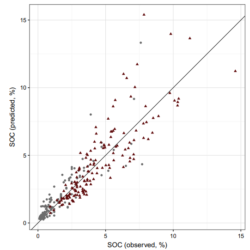Neural network – Let’s try to demystify all this a little bit (1) – Neural architecture
Unless you have emerged from a period of cryogenics or have been locked in a bunker for several years, it is unlikely that you have never heard of a neural network. Having heard about it is one thing. Understanding what can be used is another. Knowing how it works is a whole different matter. If Read more about Neural network – Let’s try to demystify all this a little bit (1) – Neural architecture[…]
